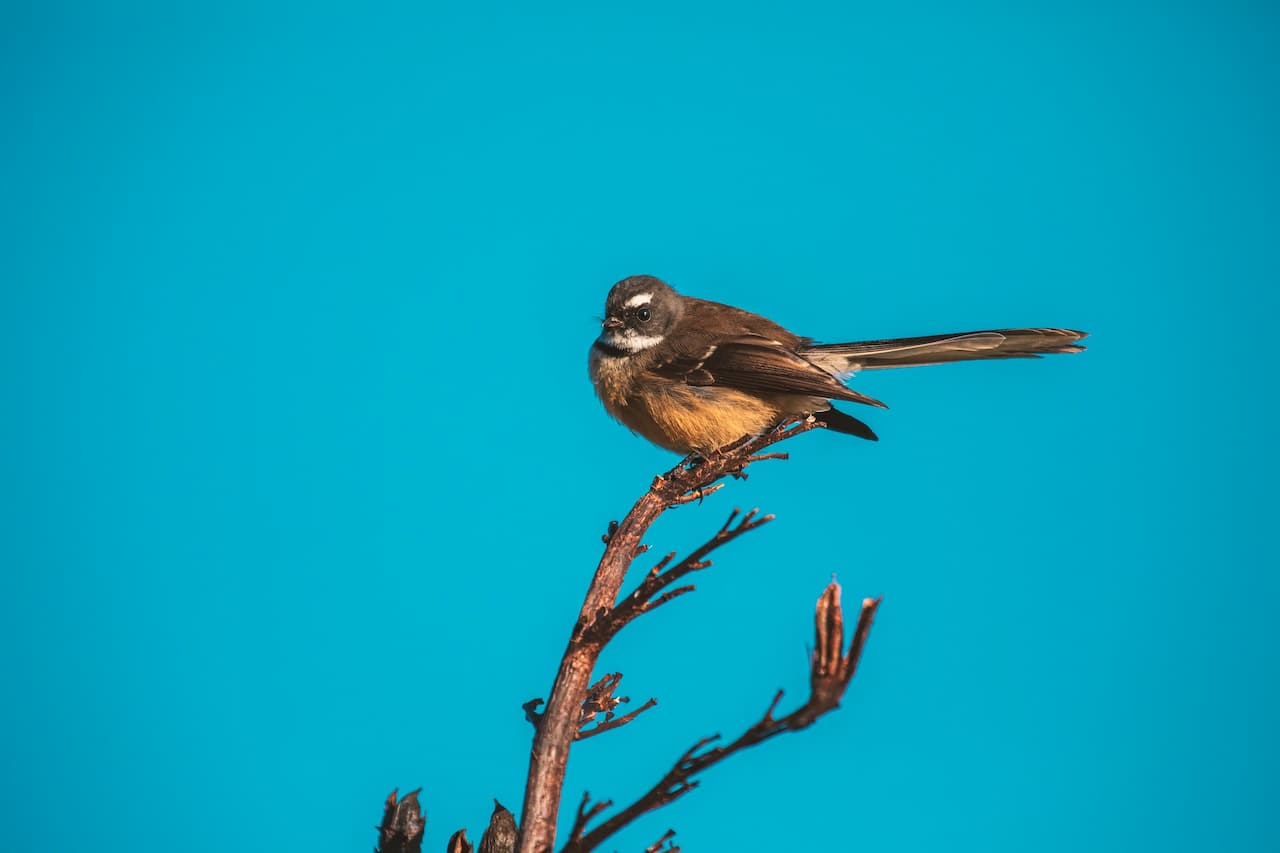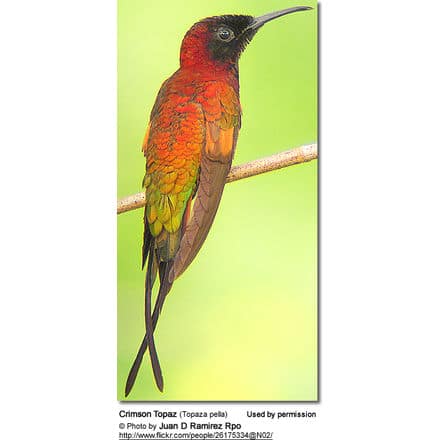Stripe-backed Wrens (Campylorhynchus nuchalis)
The Stripe-backed Wrens (Campylorhynchus nuchalis) are large, noisy wrens found in northern South America.
Distribution / Habitat
Their range stretches from central Venezuela north of the Orinoco River west to the extreme northeast of Colombia, up to 2,600 feet or 800 meters.
They inhabit bushy areas, open forests, and farmlands located close to bodies of water.
Subspecies and Ranges:
- Stripe-backed Wren or Orinocan Banded Wren (Campylorhynchus nuchalis nuchalis – Cabanis, 1847) – Nominate Form
- Range: Central and eastern Venezuela from northern Bolívar westwards to Apure and Barinas extending north and east to western Sucre and Delta Amacuro at the Caribbean coast
- Stripe-backed Wren (pardus) (Campylorhynchus nuchalis pardus – Sclater, PL, 1858)
- Dry tropical areas of northern Colombia along the Caribbean coast south through the lower Magdalena valley
- Similar to nominate form, but more heavily spotted below, blackish crown markings that are more extensive and more prominent. The crown is a darker grey.
- Stripe-backed Wren (brevipennis) (Campylorhynchus nuchalis brevipennis – Lawrence, 1866)
- Coastal northern Venezuela from Yaracuy east to Carabobo and Miranda, south to Guárico.
- Similar to nominate form, but reduced black spottings below. No bars. The bill is large and heavy.
Description
Size
Measure 6.7 – 6.9 inches (17 – 17.5 cm) in length
Plumage Details / Adults
The plumage is a combination of grey-black and white. The crown and the center of the feathers are dull black, edged with buff-grey, giving it a mottled appearance. Longitudinal, dull black and white streaks on the nape and shoulders.
The throat is grey-white with greyish spots on the lower throat turning darker towards the chest. Grey-white vent. Wings dull black with white spots on the outer webs.
Males and females look alike.
Other Physical Details
- Eyes (Irises): White or straw-yellow in adults; grey in juveniles
- Bill: Upper mandible (bill) black or bluish-black with pale edges; lower mandible greyish, pale horn-colored, or whitish
- Legs and feet: Slate-grey
Juvenile Description
- Grey irises
- Solid blackish crown
- Back, wings, and tail more brownish-black
- Reduced spotting on the underparts, with little barring
Similar Species
Resembles the Band-backed Wrens which can be identified by the buff underparts, and longitudinal bars on the upper back. The Stripe-backed favors drier habitats.
Diet / Feeding
They mostly feed on insects.
Breeding / Nesting
Most breeding occurs between May and September during the rainy season when their main food, insects, are readily available.
They have a highly developed system of cooperative nesting that involves one principle pair and “helpers” (often previous offspring or siblings of the breeding pair). The group defends a territory and jointly raises the young produced by the dominant pair. Two up to 14 “helpers” have been recorded.
Alternate (Global) Names
Chinese: ?????? … Czech: Strízlík venezuelský … Danish: Grånakket Kaktussmutte … Dutch: Streeprugwinterkoning … Finnish: Viiruselkäpeukaloinen … French: Troglodyte rayé … German: Pantherzaunkönig … Italian: Scricciolo dorsostriato … Japanese: tatejimasabotemmisosazai … Norwegian: Spraglesmett … Polish: strzyz plamisty … Russian: ????????? ?????????? ????????? … Slovak: oriešok venezuelský … Spanish: Cucarachero blanquinegro / chocorocoy, Ratona Chocorocoy … Swedish: Gulögd gärdsmyg



